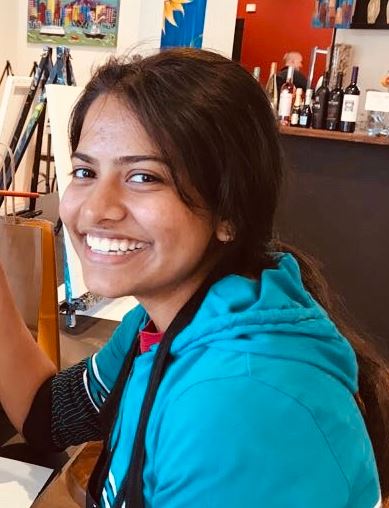Technological implementations can show security flaws that no one would expect, as mentioned by specialists from an ethical hacking course. An example of this is recent research that shows that it is possible to copy the key of a lock by simply listening to the sound it produces when inserting into the lock.
According to specialists, this only requires a smart doorbell (or failing that a smartphone) and a 3D printer.
Although this looks like a sci-fi story, hackers claim that it is possible to use signal processing software to capture the sounds produced by the key and determine its exact shape. Subsequently, using the 3D printer, it will be possible to create an identical key, mentioned by the specialists of the ethical hacking course.
After conducting research, Sounadrya Ramesh, a computer specialist at the National University of Singapore, and her team found a way to bring this to reality. The first thing that is required is to record the sound that produces a key when entering the lock. For obvious reasons, this requires being close to the target.

Once this sound is recorded the SpiKey interference software is used, which filters the signal to decipher each strong metal click as the key ridges hit with the lock mechanisms. According to the experts of the ethical hacking course, these clicks are essential to determine the shape of the lock, since the time spent between each of them allows the software to calculate the distances between the edges of the key, something known to the locksmiths as “bit depth”.
Using this information, SpiKey creates the three most likely key designs. It is worth mentioning that the initial combinations yield more than 300 thousand possible results, so this is highly efficient software. In a recently released video, Ramesh details this procedure.
This is another finding in a field where there has been no major research, although they represent a significant risk vector. For example, a high-speed video of plant top objects or fry bags can be used to extract vibrations and reconstruct the sound around these objects.

He is a well-known expert in mobile security and malware analysis. He studied Computer Science at NYU and started working as a cyber security analyst in 2003. He is actively working as an anti-malware expert. He also worked for security companies like Kaspersky Lab. His everyday job includes researching about new malware and cyber security incidents. Also he has deep level of knowledge in mobile security and mobile vulnerabilities.











